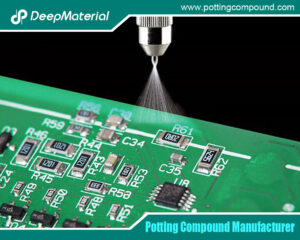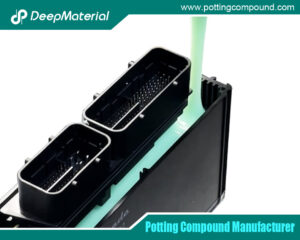
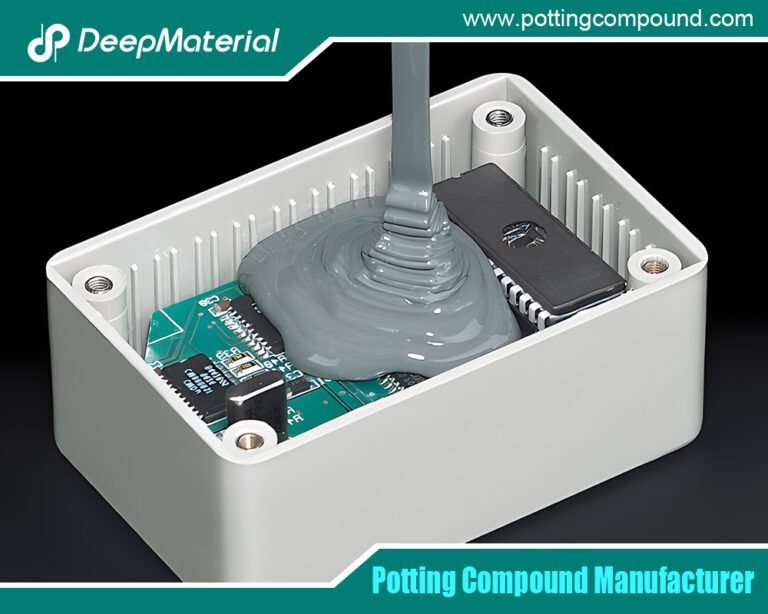
Potting Power Module Market: Key Trends, Opportunities, and Future Growth
- Electronic Potting Material Manufacturer
- October 31, 2024
- adhesive glue manufacturer, conformal coating for electronics, conformal coating for pcb, conformal coating for pcb standards, conformal coating material, Connector Potting Compound, deepmaterial, deepmaterial adhesive glue, deepmaterial epoxy adhesive glue, deepmaterial PCB Potting, deepmaterial potting compound, electronic potting compound, epoxy potting compound, Flexible Potting Compound, industrial adhesive suppliers, LED Potting Compound, PCB Potting Compound, polyurethane potting compound, potting compound, potting compound for electronics, potting compound for pcb, potting compound vs epoxy, Potting Power Market, Potting Power Module, Potting Power Module Market, Silicone Potting Compound, silicone potting compound for electronics, UV Cure Potting Compound, UV curing potting compound, waterproof potting compound
Potting Power Module Market: Key Trends, Opportunities, and Future Growth
The potting power module market is experiencing rapid growth, driven by the increasing demand for reliable, efficient, and compact electronic components in various industries. Potting compounds, which protect sensitive electronic power modules, have become essential in sectors such as automotive, renewable energy, industrial automation, and consumer electronics. These compounds provide robust protection against environmental hazards like moisture, heat, vibration, and chemicals, helping to extend the lifespan and improve the performance of power modules.
What is Potting in Power Modules?
Potting encases electronic components in a resin or compound to protect them from external factors that could cause damage. In the context of power modules, potting materials are applied to protect the modules’ circuits and components, ensuring thermal management, mechanical stability, and protection from environmental elements like moisture, dust, and corrosive chemicals.
Key Trends Shaping the Potting Power Module Market
Rise of Electric Vehicles (EVs)
The automotive industry is rapidly shifting toward electric and hybrid vehicles, with governments and companies worldwide aiming for more sustainable and eco-friendly transportation solutions. EVs require highly efficient power electronics to manage energy within the vehicle’s battery systems and motors. Potting compounds protect these power modules from high temperatures, vibrations, and moisture, ensuring long-term performance.
Growth of Renewable Energy Projects
Renewable energy, particularly solar and wind power, is seeing exponential growth as the world shifts toward cleaner energy sources. Power electronics play a crucial role in converting and managing the energy generated by these systems. Potting compounds are essential in ensuring the durability and reliability of these electronics, especially in outdoor conditions where environmental exposure is a concern.
Technological Advances in Power Electronics
The development of wide-bandgap semiconductor technologies such as silicon carbide (SiC) and gallium nitride (GaN) is transforming the power electronics landscape. These materials allow for smaller, more efficient, and higher-performing power modules, increasing the demand for potting compounds that can handle higher operating temperatures and power densities.
Miniaturization and Integration of Electronics
As electronics across various industries become more compact and integrated, there is a growing need for potting materials that offer high thermal conductivity while maintaining mechanical flexibility. Potting helps manage heat dissipation in smaller spaces, ensuring the efficient operation of power modules in compact designs.
Focus on Durability and Reliability
Industries such as automotive, aerospace, and industrial automation demand power modules that can operate reliably over extended periods, even under extreme conditions, to ensure optimal performance and safety. Potting materials help improve the durability of these components, shielding them from environmental stress, vibrations, and electrical breakdowns.
Key Drivers of the Potting Power Module Market
Several factors are contributing to the growth of the potting power module market. Some of the key drivers include:
- Increasing Demand for Energy-Efficient Electronics:As energy efficiency becomes a priority across industries, power modules are designed to deliver high performance with minimal energy loss. Potting compounds that provide excellent thermal management are essential in achieving this goal.
- Rapid Expansion of the Electric Vehicle Market:With the global push toward reducing carbon emissions, the electric vehicle market is experiencing unprecedented growth. This has led to a surge in demand for power modules that are efficient, durable, and able to withstand harsh operating conditions.
- Rising Adoption of Renewable Energy Technologies:Solar and wind power systems require high-performance power electronics to manage the flow and conversion of energy. Potting materials that protect these components from extreme temperatures, moisture, and environmental damage are in high demand.
- Miniaturization of Power Electronics:Heat management becomes more challenging as devices shrink in size. Potting compounds that offer thermal conductivity and compact protection are critical for the performance and reliability of miniaturized power modules.
Applications of Potting Compounds in Power Modules
Potting compounds are used in various industries and applications to protect power modules. Below are some of the critical areas where potting materials are making an impact:
Automotive Industry
- Electric and Hybrid Vehicles:Potting is used in battery management systems (BMS), inverters, motor drives, and other critical components of EVs and hybrid vehicles.
- Engine Control Units (ECUs): These modules require protection from vibrations and extreme temperatures.
- On-board Chargers:Potting compounds ensure the safe and efficient operation of chargers in both consumer and commercial EVs.
Renewable Energy Systems
- Solar Inverters:Potting compounds protect inverters from moisture and environmental exposure, ensuring efficient energy conversion in solar power systems.
- Wind Turbine Power Electronics:These modules need protection from harsh outdoor conditions, making potting essential for their durability and performance.
- Battery Storage Systems:Potting is used in large-scale energy storage systems to ensure safe operation and protection from external factors like temperature fluctuations.
Industrial Automation
- Motor Drives and Controls:Potting compounds enhance the reliability and performance of motor controls and power supplies in industrial applications, shielding them from dust, heat, and vibrations.
- Robotic Systems:Robotics used in manufacturing and automation require power modules that can operate under mechanical stress and extreme conditions.
Aerospace and Defense
- Avionics and Navigation Systems:Potting protects avionics from harsh environmental conditions, ensuring consistent performance in critical aerospace systems.
- Defense Systems:In military applications, potting compounds protect electronics from moisture, extreme temperatures, and high mechanical stresses.
Challenges Facing the Potting Power Module Market
Despite its rapid growth, the potting power module market faces several challenges that could affect its development:
- High Cost of Advanced Potting Materials:High-performance potting compounds, particularly those designed for extreme environments or cutting-edge technologies like SiC and GaN, can be expensive.
- Complex Application Processes:Applying potting materials to intricate or miniaturized electronics can be complex and time-consuming, potentially increasing production costs.
- Supply Chain Issues:Geopolitical events, pandemics, or material shortages can disrupt the global supply chain for raw materials used in potting compounds, potentially affecting their availability and cost.
- Environmental and Regulatory Concerns:Environmental and regulatory concerns arise because some potting materials contain chemicals that raise issues, particularly in industries with strict regulations. Manufacturers are increasingly focusing on developing eco-friendly alternatives.
Future Outlook for the Potting Power Module Market
The future of the potting power module market looks promising, with several factors contributing to its continued growth and evolution. Key trends that will shape the market in the coming years include:
- Advancements in Eco-Friendly Potting Compounds:As environmental regulations become stricter and sustainability becomes a priority, developing eco-friendly potting materials will become increasingly important. Manufacturers will likely focus on creating compounds that meet environmental standards without compromising performance.
- Rising Adoption of SiC and GaN Technologies:As wide-bandgap semiconductors become more widely adopted in high-performance power modules, the demand for potting materials that can handle higher voltages and temperatures will grow. Advancements in materials science will lead to innovations in high-temperature, high-performance potting compounds.
- Growth in Emerging Markets:Developing economies in Asia, Latin America, and Africa are investing in renewable energy infrastructure, electric vehicles, and industrial automation. As these markets grow, they will contribute significantly to the demand for potting materials.
- Increased Collaboration Between Manufacturers and OEMs:To meet the specific needs of new technologies and applications, we can expect closer collaboration between potting material manufacturers and original equipment manufacturers (OEMs), ensuring that materials are tailored to the exact specifications of emerging technologies.
Conclusion
The potting power module market is poised for significant growth, driven by increasing demand for high-performance electronics in the automotive, renewable energy, industrial automation, and aerospace industries. Potting materials ensure these applications’ reliability, durability, and thermal management of power modules. The need for high-quality potting compounds will only grow as industries continue to innovate and adopt advanced technologies like electric vehicles and renewable energy systems.
For more about choosing the Top c: Key Trends, Opportunities, and Future Growth, you can pay a visit to DeepMaterial at https://www.pottingcompound.com/ for more info.
Recent Posts
- What Are the Core Differences Between Different Conformal Coating Types?
- The Benefits of Conformal Coating for Electronics Products
- Conformal Coating Spray
- UV Curing Potting Compound
- The Ultimate Guide to Electrical Potting Compound and Market Application
- The Top Polyurethane Potting Compound
- Advanced Epoxy Potting Compound for Superior Electronic Protection
- Waterproof Potting Compound: A Comprehensive Guide
- Silicone Potting Compound for Electronics
- Potting Compound vs. Epoxy: A Comprehensive Comparison
Tags
Related Posts

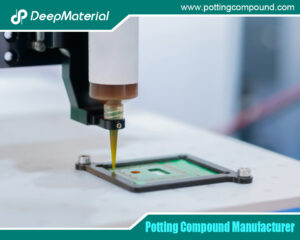
The Benefits of Conformal Coating for Electronics Products
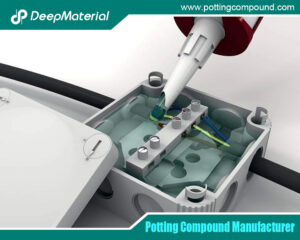
Conformal Coating Spray
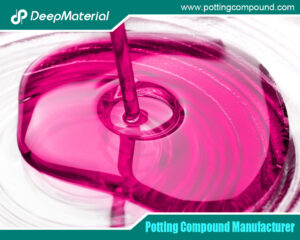
UV Curing Potting Compound
